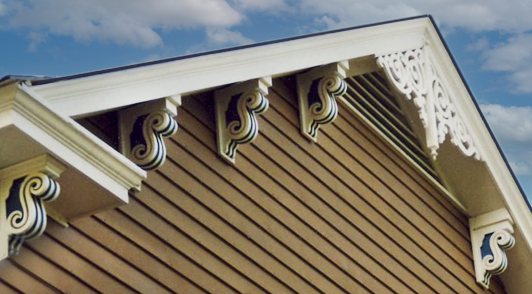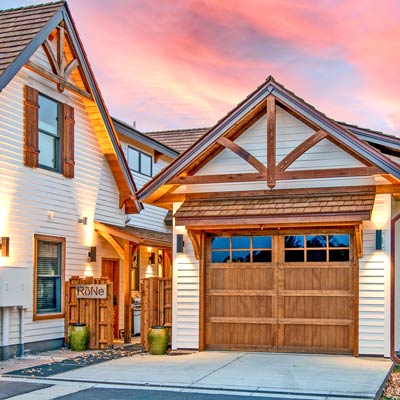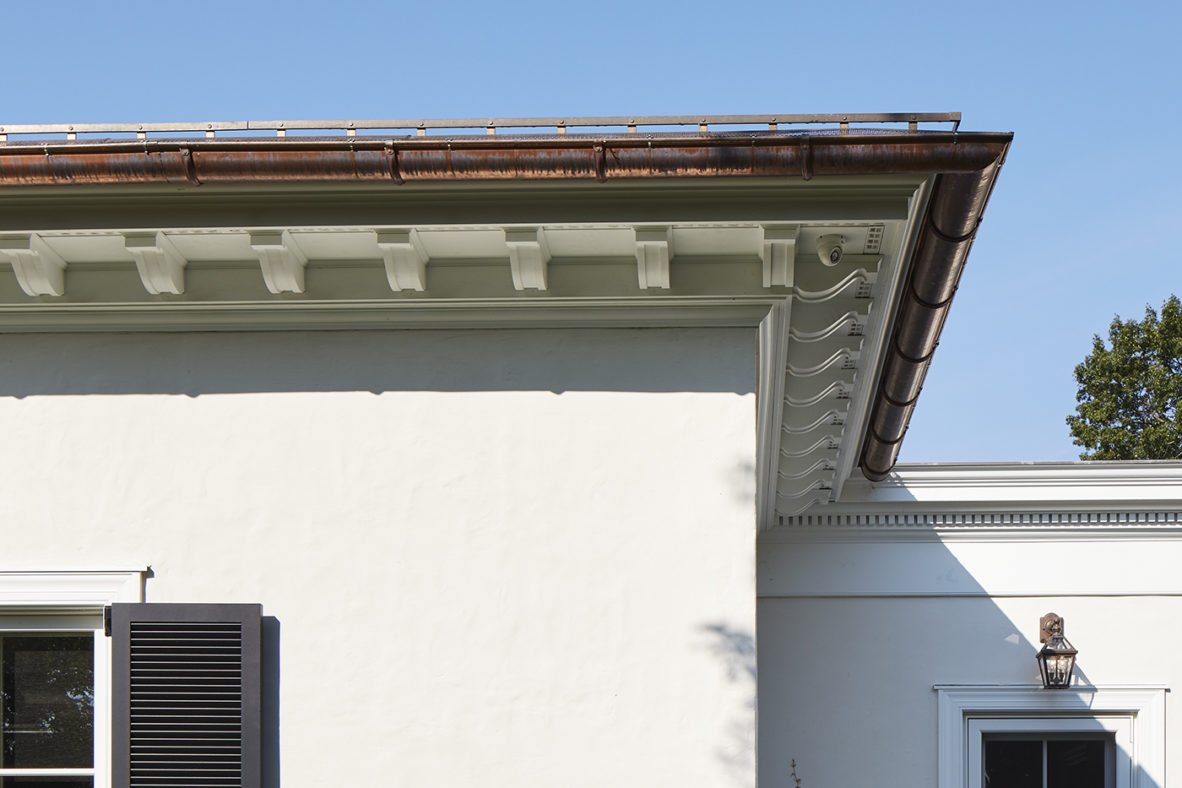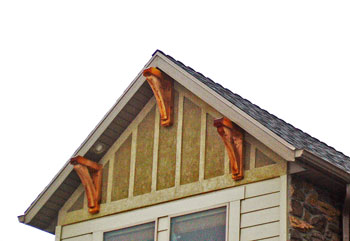Are you looking to elevate the charm and character of your home’s exterior? Decorative corbels might just be the secret ingredient you’ve been missing. In this comprehensive guide, we will explore everything you need to know about decorative corbels, their types, benefits, installation tips, and much more. As someone who has navigated the world of home décor, I can assure you that a well-placed corbel can transform a mundane space into a visual masterpiece. Let’s dive in!
What Are Decorative Corbels?
At their core, decorative corbels are architectural elements that project from a wall to support a structure above, such as a shelf, beam, or arch. Traditionally made from stone or wood, they now come in a variety of materials, including resin and metal, to suit any design aesthetic.
History of Corbels
Corbels date back to ancient times, primarily used in Gothic and Roman architecture. They were not only functional, providing structural support, but also decorative, showcasing intricate designs and craftsmanship. Today, they remain a popular choice for enhancing both classical and modern home exteriors.
Types of Decorative Corbels
When selecting decorative corbels for your home, it’s essential to consider the different types available. Each type has its unique style and application.
Wood Corbels
- Pros: Classic look, customizable, warm aesthetic.
- Cons: Can be susceptible to weathering and pests.

Stone Corbels
- Pros: Durable, timeless elegance, weather-resistant.
- Cons: Heavier and more expensive, may require professional installation.
Resin Corbels
- Pros: Lightweight, affordable, available in various styles.
- Cons: May not have the same durability as wood or stone.

Metal Corbels
- Pros: Modern look, highly durable, fire-resistant.
- Cons: Can be expensive, may require special tools for installation.
Choosing the Right Decorative Corbels for Your Home
Choosing the right corbel involves considering factors like style, material, and location. Here’s a quick-reference guide to help you decide:

| Style | Material | Best For |
|---|---|---|
| Traditional | Wood | Classic homes, porches |
| Modern | Metal | Contemporary designs |
| Rustic | Stone | Cottages, cabins |
| Versatile | Resin | Any style home |
Benefits of Using Decorative Corbels
Adding decorative corbels to your exterior design comes with numerous benefits:

1. Aesthetic Appeal
Corbels add depth and dimension to your exterior, creating visual interest that enhances your home’s curb appeal. Whether you choose intricately carved wooden pieces or sleek metal designs, corbels can complement various architectural styles.
2. Structural Support
While primarily decorative, corbels can also provide essential support for overhangs, beams, and brackets, ensuring the longevity of your outdoor structures.

3. Customization Options
With a myriad of styles and materials available, you can customize corbels to fit your unique design vision. From rustic to modern, there’s a corbel for every aesthetic.
Personal Experience in Choosing Corbels
When I was renovating my exterior, I chose wooden corbels to complement my Victorian-style home. The difference was remarkable; they offered the classic charm I desired while providing the necessary support for my porch roof.

Installation Process for Decorative Corbels
Installing decorative corbels might sound intimidating, but with the right tools and steps, it can be a straightforward process.
Tools You Will Need
- Drill
- Saw (if cutting is required)
- Level
- Measuring tape
- Fasteners (screws, nails, etc.)

Step-by-Step Installation Guide
- Choose the Location: Determine where you want to install the corbels. Take measurements to ensure they fit perfectly.
- Prepare the Area: Clear the surface where the corbel will be attached to ensure a strong bond.
- Mark the Placement: Use a level to mark where each corbel will go, maintaining equal distance from one another.
- Secure the Corbel: Using your drill and fasteners, attach the corbel to the wall. Ensure it is level before tightening completely.
- Finishing Touches: If using wooden corbels, consider staining or painting them to match your exterior trim.
Maintenance Tips for Decorative Corbels
To keep your corbels looking pristine, regular maintenance is key. Here are some tips:
1. Routine Cleaning
Periodically wipe down your corbels with a damp cloth to remove dust and debris. For wooden corbels, consider using a soft brush.
2. Check for Damage
Inspect your corbels regularly for any signs of weather damage, particularly if they are made of wood or resin. Address issues promptly to avoid further wear.
3. Repaint or Reseal
If your corbels are painted, touch up any areas that are chipping. For wooden corbels, reseal them every few years to protect against moisture.
Comparison of Corbel Materials
To help you make an informed decision, here’s a comparison table of the different corbel materials:
| Material | Durability | Cost | Style Options |
|---|---|---|---|
| Wood | Moderate | $$ | High |
| Stone | High | $$$$ | Moderate |
| Resin | Moderate | $ | High |
| Metal | Very High | $$$ | Moderate |
Corbels vs. Other Decorative Elements
While corbels are a stunning addition to any exterior, it’s worth comparing them to other decorative elements.
Corbels vs. Brackets
Brackets often serve a more strictly structural purpose, while corbels provide both support and aesthetic appeal. If you desire a decorative touch, corbels are the way to go.
Corbels vs. Finials
Finials are decorative ornaments that typically sit atop a structure, while corbels are positioned beneath. Both add character but serve different roles in design.
FAQs about Decorative Corbels
What are the main uses for decorative corbels?
Decorative corbels are primarily used to provide support for overhangs, shelves, or beams, while also serving as a visual design element.
Can I install corbels myself?
Yes, with the right tools and a bit of DIY knowledge, many homeowners can install decorative corbels themselves.
What materials are best for exterior corbels?
Wood, stone, and metal are the most common materials for exterior corbels, each offering unique benefits. Choose based on your home’s style and your budget.
How do I maintain decorative corbels?
Regular cleaning, inspections for damage, and timely repainting or resealing will keep your decorative corbels looking great.
Are decorative corbels expensive?
The cost of decorative corbels varies widely based on material and intricacy. Wooden corbels are generally more affordable, while stone and custom options can be pricier.
Conclusion: Elevating Your Home’s Aesthetic with Decorative Corbels
Incorporating decorative corbels into your exterior design is an excellent way to boost your home’s curb appeal, provide structural support, and express your personal style. Whether you opt for classic wooden corbels, elegant stone designs, or modern metal options, you’ll be making an investment in your home’s beauty and value. So, gather your tools and start planning your corbel installation today!